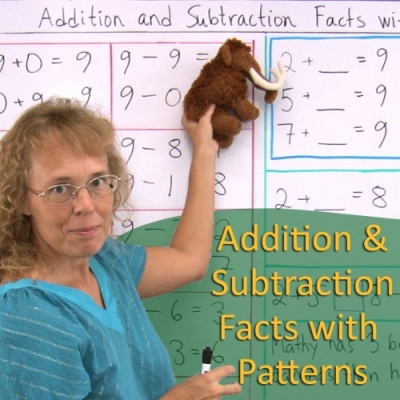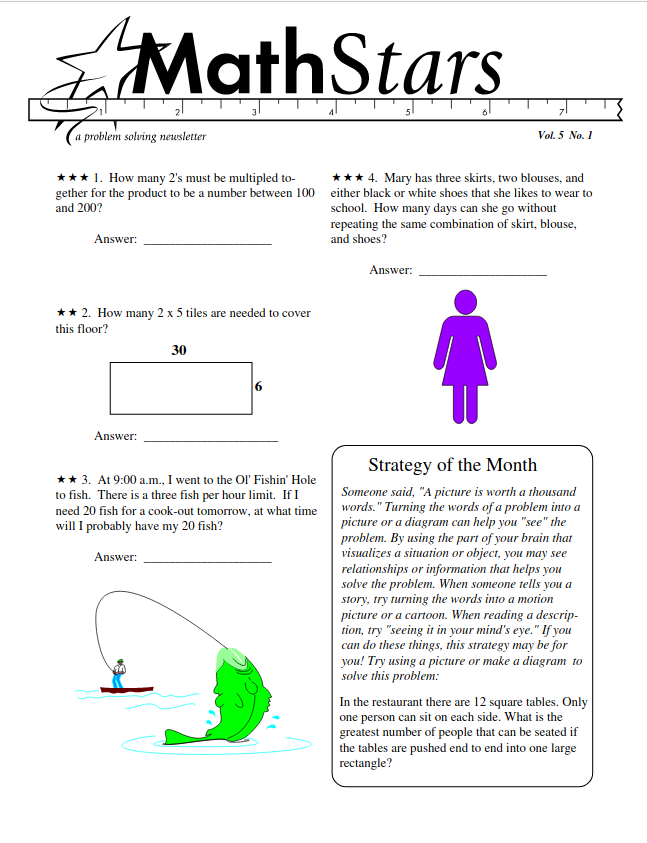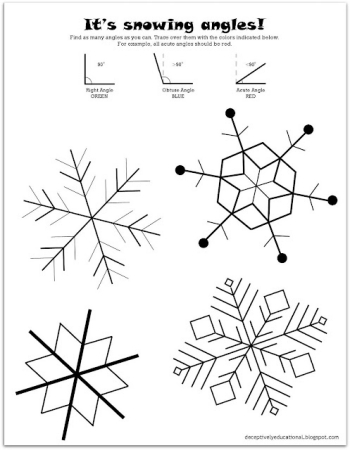 Hello again!
Hello again!
Here are this month's collection of tips. 😀 |
1. Math Mammoth newsSAW Publishing interviewed me... check out the interview here: 😃 => Interview with Maria Miller of Math Mammoth |
2. Help for basic addition & subtraction facts (free!)Help your child learn the basic facts with this set of FREE videos that use FACT FAMILIES (and Mathy! 😃).Seeing the facts within a pattern, within a structure, helps develop number sense and helps children in the memorization work. Your child can learn the facts too! Many other children have gotten lots of help from this approach. The page also lists GAMES and books about addition and subtraction facts. |
3. Challenging problems in mathI got a question from a customer:We love Math Mammoth! I suggest to use Math Star newsletters (free) as supplements, to provide challenging problems. I've used them with all my children, and we really like them. They have a nice mix/variety of problems. Note also this list of resources. Those are supplemental, not main curriculum, but for gifted children I recommend a regular "diet" of challenging problems. And also, yes, I suggest you have him go on to 5th grade math. Hope this helps! |
4. Something fun: Your age by chocolate math DON'T CHEAT! This takes less than a minute! Work this out as you read — or use your calculator.
(Note: This little "trick" will only work during year 2022.) P.S. Additional challenge: use variables and algebra and figure out why it works. 😀 P.P.S. It doesn't work for certain folks. Who? |
5. It's snowing angles!Have your student practice measuring angles with this fun snowflake-themed activity! Most appropriate for 4th-5th grades. |
6. Just for fun!
Thanks for reading! 🙂 Feel free to forward this issue to a friend/colleague! Subscribe here. Till next time, Maria Miller |



